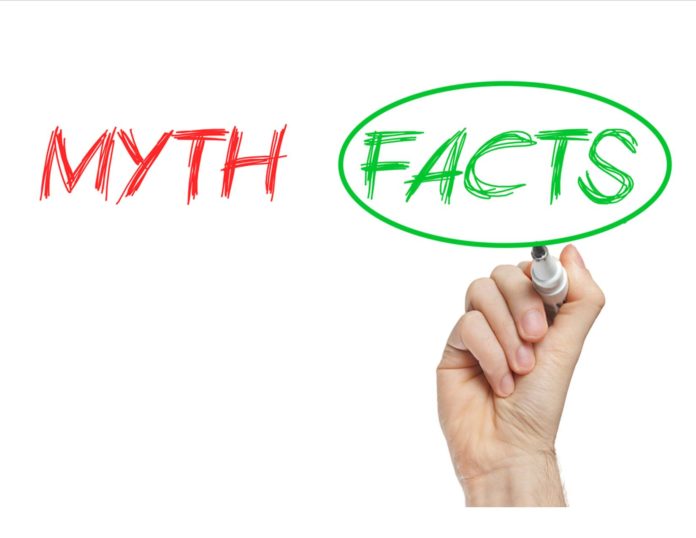December’s labor statistics were released this month, finishing off 2013 with an unemployment rate of 6.7%, the lowest since before the financial crisis of 2008 that rocked the economy into a long and painful recession. Now, almost six years later, many are ready to finally believe America is back on track and growing strong. However, before we settle in on this thought that the recession now only lives in the history books, we might want to reconsider the validity of this number that has earned the official title- “The Unemployment Rate.”
Unfortunately, when looked at more closely, the national Unemployment Rate seems more like propaganda rather than a reliable measurement, and there is no better time in recent history that shows this than now. So let’s take a deeper look at the numbers that came out of December’s jobs report.
Along with the Unemployment Rate, the number of jobs gained in America for December was also released. Economists across the board were expecting a hefty 193,000 jobs to be added. Instead, we added a measly 74,000 jobs, making it the weakest month for jobs since January of 2011, yet the best month for unemployment since 2008…
Now, the question becomes, why the distinct contrast between unemployment improvement reported along with a very weak jobs growth?
It all has to do with the way the “Unemployment Rate” is calculated. Although many are led to believe that our country now has only 6.7% of its citizens unemployed, that is extremely far from the truth.
The Unemployment Rate only considers someone unemployed if they are without a job and have been actively looking for a job in the past 4 weeks. If they do not meet the standards of “actively looking” the Bureau of Labor Statistics determines that they have been discouraged from trying to find work and removes them from the unemployment calculation, even though they are still….UNEMPLOYED!
So let’s look at the unemployment numbers again with this in mind.
We were told that 74,000 jobs were added in December. But what you are not hearing is that 347,000 people have been removed from unemployment calculations because they have been labeled as “discouraged workers.” —discouraged? That may be, but they’re still UNEMPLOYED!
Last month there were 273,000 more people giving up on gaining employment in America than there were people actually finding jobs. So instead of an improving job market, as last month’s improved Unemployment Rate of 6.7% would suggest, real logic would show that the opposite is true.
A better picture of America’s job market can be painted with other numbers, like the participation rate. This number measures the percentage of the working aged citizens (15-64) who are either gainfully employed or still hopeful and actively looking for work. Last month’s participation rate of just 62.8% is the lowest we’ve seen in 35 years. Although the reduced unemployment rate of 6.7% gives the impression the job market is improving, the participation rate shows that our country hasn’t been this discouraged about the job market since the 1970s.
Another statistic to look at is the employment-to-population ratio, which provides the simple measurement of the percentage of working-aged citizens that are gainfully employed. According to this measurement, 41.4%, or 102 million of working aged citizens are not gainfully employed— otherwise known as UNEMPLOYED. That is a far stretch from the 6.7%, or 16.5 million that are counted as unemployed by the official Unemployment Rate.
Of course these numbers can’t be taken too seriously when viewed alone either, because they also have their flaws. For example, the employment-to-population ratio doesn’t take into consideration the large number of working aged citizens that are enrolled in school full-time and thus are not available for gainful employment.
The true status of unemployment in America lies somewhere hidden in all of these numbers. The purpose of this article is not to provide some magical percentage that simplifies the job market in America, but rather suggest that such a number simply doesn’t exist. To really get an idea of America’s employment status, it’s going to take a lot more than just waiting for the Bureau of Labor Statistics to publish a number that is accompanied by the title “Unemployment Rate.”













